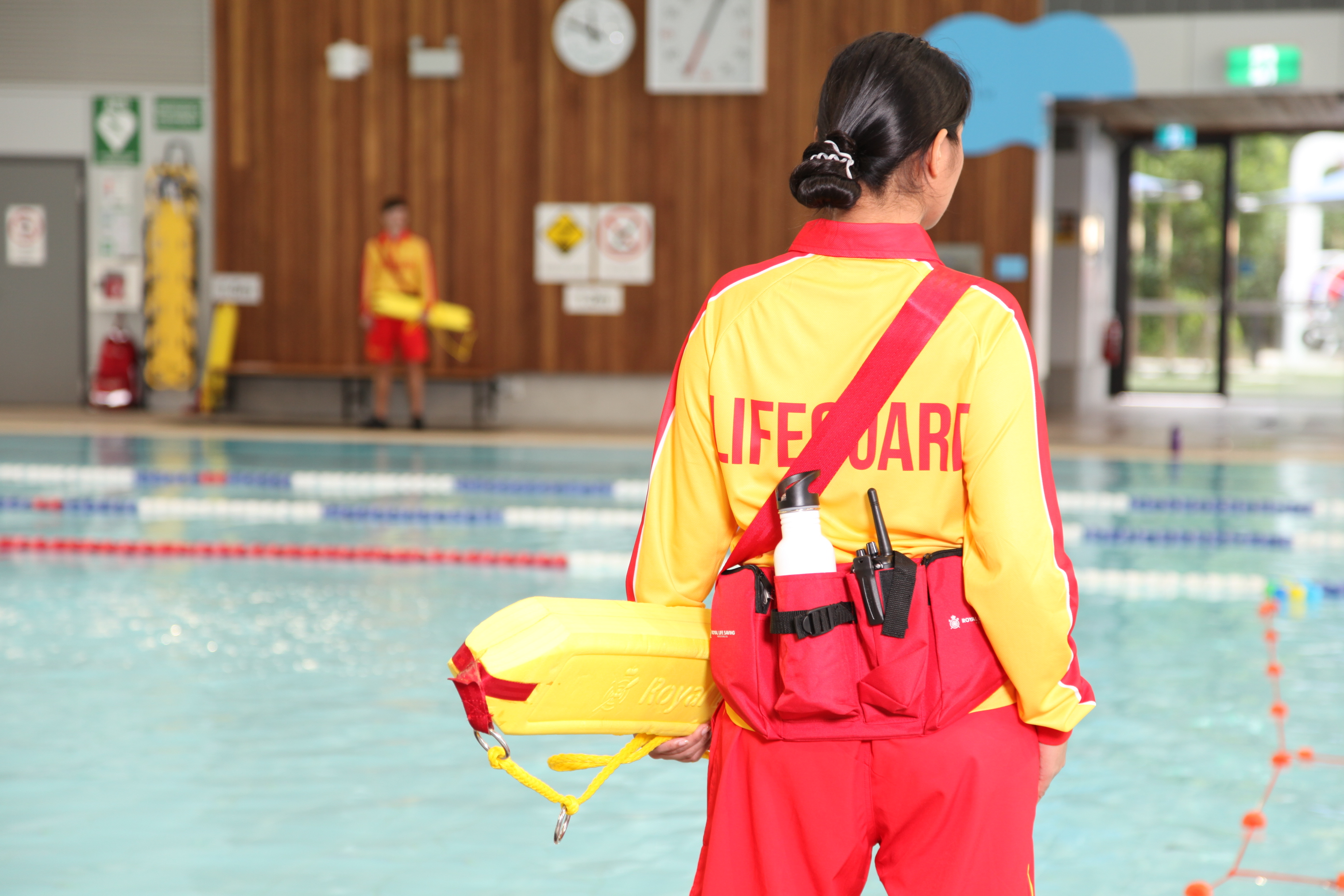Published 19 June 2025
35 Years of Learning, Leading and Improving Safety in Public Pools
Despite significant progress in water safety, drowning in public swimming pools remains a persistent issue in Australia. Over the past 20 years, Royal Life Saving Australia (RLSSA) research shows that 87 people have drowned in public pools. While visitation to public pools has increased significantly over this period, drowning incidents have remained stubbornly consistent.
These tragedies—averaging four deaths per year—sit alongside other high-profile contemporary safety challenges at aquatic centres and swim schools such as chemical leaks, spinal injuries, and incidents of aggression towards staff, highlighting the critical ongoing need for strong, coordinated safety systems.
In response to these challenges, RLSSA remains committed to the continued development and evolution of two nationally significant initiatives: the Guidelines for Safe Pool Operations (GSPO), first introduced in 1990, and the Aquatic Facility Safety Assessment (AFSA), first launched in 1995. Now in their 35th and 30th years respectively, these initiatives have become a cornerstone of Australia's aquatic safety infrastructure.
Supporting a Shared Purpose
These initiatives remain central to RLSSA’s new Strategic Framework, which affirms a purpose of:
Bringing People Together to Eliminate Drowning and Empower Communities to be Safe Around Water.
That purpose calls for both action and alignment. The elimination of drowning and the empowerment of communities through aquatic participation, requires a safe and sustainable aquatic industry. We must work together through agreed and coordinated systems—of governance, benchmarking, reporting, and evaluation—so that the sector can demonstrate a proactive evidence-led response to emerging issues and new opportunities.
The Value of National Consistency
The GSPO and AFSA were initially developed in Victoria to provide a recognised standard in the design and management of aquatic facilities. The model received wide-spread support and was quickly nationalised.
Today the GSPO provides a comprehensive, industry-authored set of voluntary guidelines covering modules including aquatic supervision, program delivery, facility design, and emergency planning. It remains a live document and reflects continual refinements from safety research, operational developments and regulatory changes, ensuring currency, relevance and practicability.
The AFSA program complements the GSPO by providing a nationally consistent method for assessing facility conformance to the agreed standards and enables centralised benchmarking and reporting. AFSAs are conducted by accredited professionals, guided by detailed competency and governance standards, and governed through a transparent national framework.
Collective Governance that Drives Improvement
The GSPO is governed by the National Aquatic Industry Committee (NAIC)—a multi-stakeholder group established to authorise guideline changes, interpret national standards, and drive the development of the National Aquatic Industry Strategy. The NAIC is supported by state-based industry committees, such as the Platinum Pool Steering Committee in Victoria and the Queensland Aquatic Industry Safety Committee, ensuring a robust system of collaboration, feedback and input across jurisdictions.
The system is jointly designed to support compliance and continuous improvement—drawing from incident data, facility assessments, stakeholder input and evaluation to ensure the system remains relevant, effective, and responsive to emerging risks.
Collective Impact in Practice
This framework aligns with the Collective Impact model, as outlined in the Stanford Social Innovation Review (Kania & Kramer, 2011), which identifies five key conditions for achieving systemic change:
- Common agenda – a shared commitment to eliminating drowning and improving aquatic facility safety;
- Shared measurement systems – including a consistent assessment program that tracks conformance to industry standards;
- Mutually reinforcing activities – such training content, regulatory enforcement orders and assessment activities– all aligned to the agreed standards;
- Continuous communication – through webinars, newsletters, technical workshops and industry events;
- Backbone support – provided by RLSSA, which supports the NAIC and coordinates national programs, campaigns and research.
This framework reflects a deep belief in collaboration for collective impact, recognising that a collaborative effort is required to eliminate drowning. It is only through shared commitment that we can effectively tackle the wicked problems of drowning prevention, injury reduction, and workplace safety in aquatic environments.
System Support and Strength
As we reflect on the 35-year history of the GSPO and the 30-year journey of the AFSA, it is clear that these initiatives must remain dynamic, supported by industry leaders, facility managers, regulators, and communities who see safety not as a compliance obligation, but as a shared responsibility.
To mark the enduring value of these initiatives, RLSSA convened a national industry webinar, bringing together past and present custodians to discuss origins, milestones, challenges, and the future needs to maintain relevance and responsiveness. This recording provides valuable insight into how the industry has matured and underscores the importance of shared leadership. The full webinar can be viewed at:
30 Years of the GSPO and 25 Years of the AFSA – Webinar Recording
Conclusion
The legacy of the GSPO and the AFSA is worth celebrating, but their future is equally important. If we are to eliminate drowning and empower communities to be safe around water, we must invest in and uphold the framework components that have enables the successes to date and ensure an evidence-led, collaborative, and collective approach to continuous learning and improvement.
In doing so, we can ensure that Australian public pools remain not only centres of health and wellbeing, but places where every visit is as safe as it is enjoyable.
References
- Kania, J., & Kramer, M. (2011). Collective Impact. Stanford Social Innovation Review, 9(1), 36–41.
- Royal Life Saving Australia. (n.d.). Vision and Strategic Framework. Retrieved June 11, 2025, from https://www.royallifesaving.com.au/about/who-we-are/vision-and-strategic-framework
- Royal Life Saving Australia. (2025). Snapshot: Drowning deaths in swimming pools (2004/05 to 2023/24). Retrieved from https://www.royallifesaving.com.au

